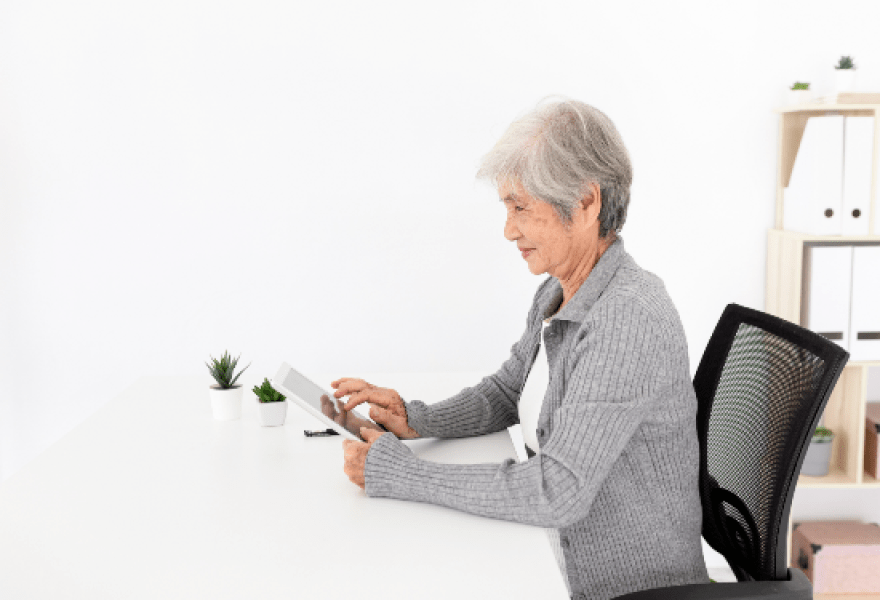
Kindle screen vs normal screen for reading
General Interest
From the traditional paperback to digital devices, it seems our reading materials have undergone a technological transformation. However, while devices from Kindles to tablets enable the user to download literature from the internet at the click of a button, at what cost to our eyes and are all devices created equal? We’ve spied the facts on the matter and pulled together our top tips to maintain eye health.
Tech talk
Let’s start with the basics. The display technologies of computer screens, smartphones, tablets and eReaders can generally be lumped into two categories – liquid crystal display (LCD) and electronic ink (E-ink).
The built-in light emitting diodes (LEDs) in E-ink displays actually shine the light evenly across the front of the screen, rather than emitting light through the display towards your eyes, which is how most smartphones and tablet screens work. So, let’s look at why this has such a big impact.
Light up my life
Blue light emitted by smartphones, tablets and LCD devices have been shown to disrupt sleep patterns by slowing or preventing the production of the sleep hormone melatonin. That’s the clever little
hormone which is responsible for letting our bodies know when it’s time to wind down at the end of the day. Melatonin increases at night and helps us nod off to sleep.
A study by Harvard Medical School found that when using these light emitting devices, people took longer to fall asleep, had less deep sleep and were more tired and less alert the following morning.
Meanwhile, E-ink e-readers such as Kindles which do not emit light, do not disrupt sleep patterns, helping our natural body clocks work at peak condition.
I spy strain
You’ve likely heard the timehonoured advice about the strain of reading in the dark. Well it turns out that the same can be said about digital devices. LCD devices display text and images differently
than e-readers and print, using tiny ‘pixels’. In order to focus on pixels, our eyes do have to work a little harder. However, as advancing technology improves screen resolution, reading on a screen will
cause less strain.
In the meantime though, studies have shown that by closely mimicking the appearance of ink on printed paper, E-ink displays such as that on your Kindle actually reduce the risk of eye strain and
visual fatigue.
Top tips
Like to get wrapped up in a good read? It might be time to incorporate the 20-20-20 rule; every 20 minutes look at something 20 feet away for about 20 seconds.
Make sure when you are using your Kindle or e-reader, you are not in low light. Invest in a small reading light that clips onto your e-reader, shining the light directly onto the device to avoid strain.
If you’re using a tablet or similar, you may wish to consider limiting its use in the hours leading up to bedtime because sleep always tops the list when it comes to looking after your overall health.
Share this article via:
